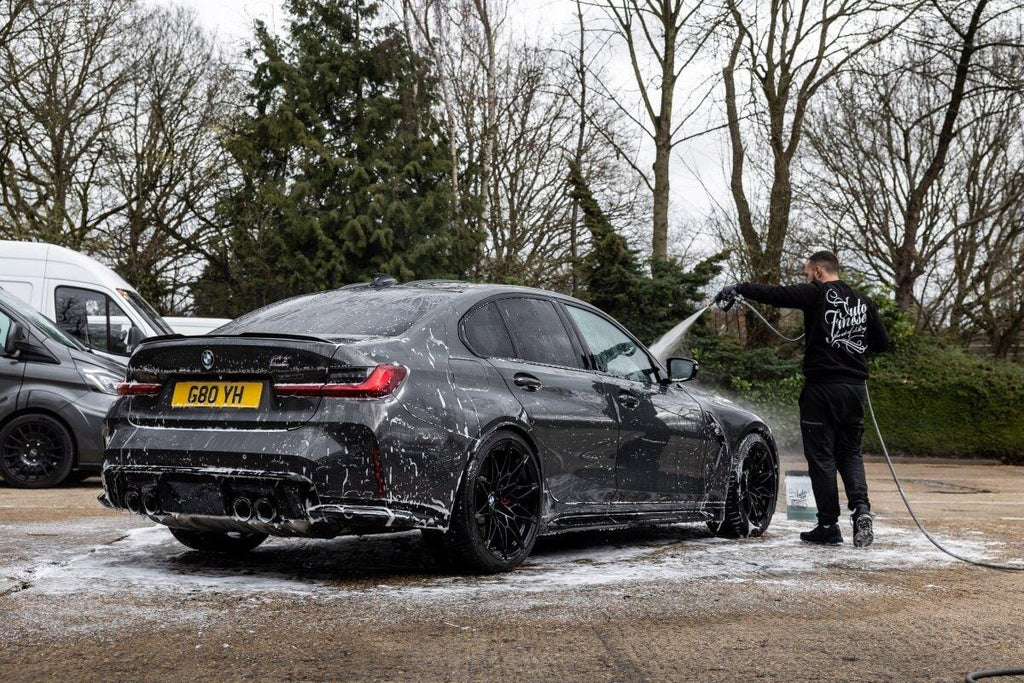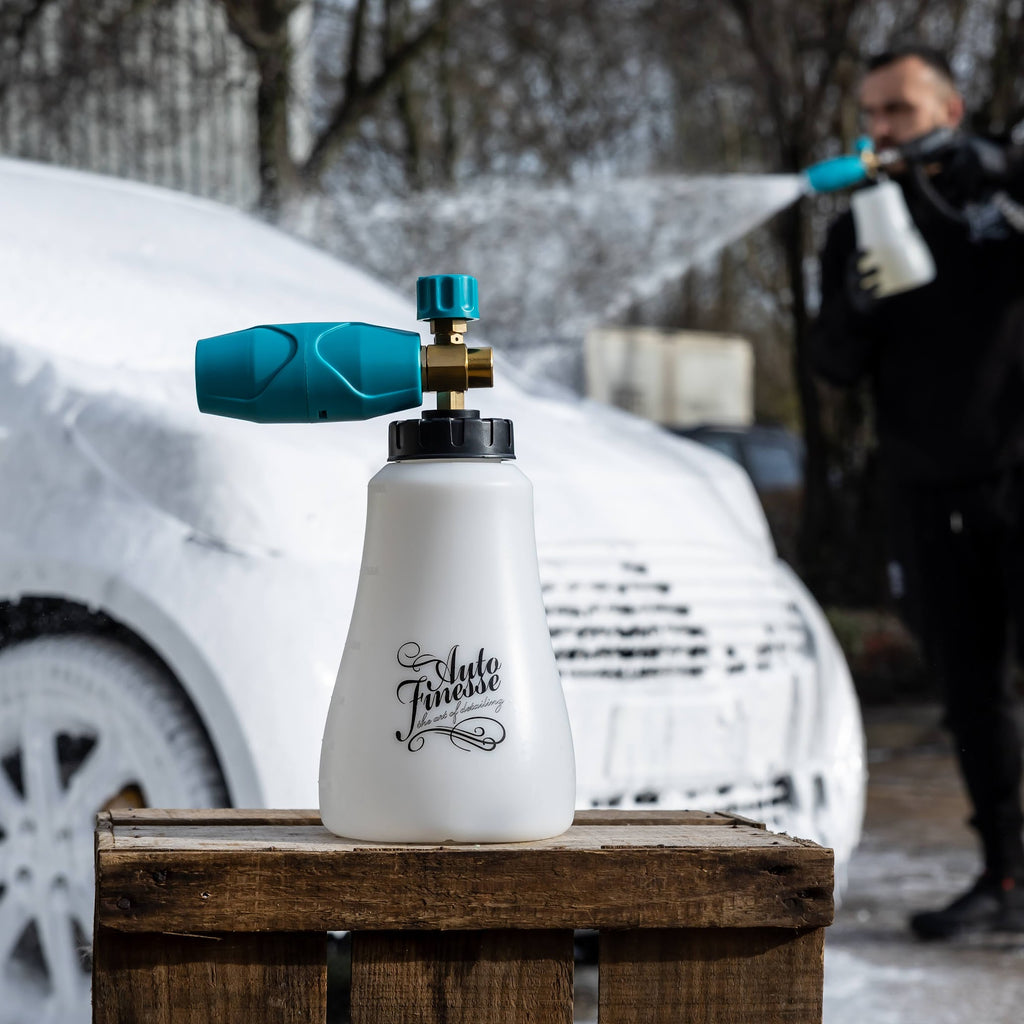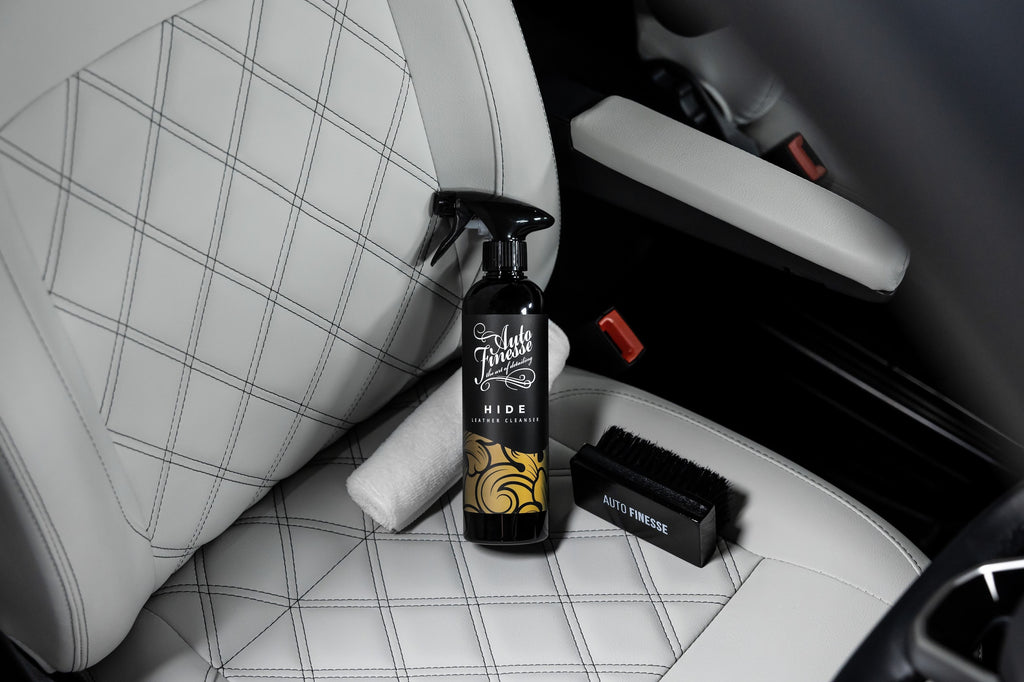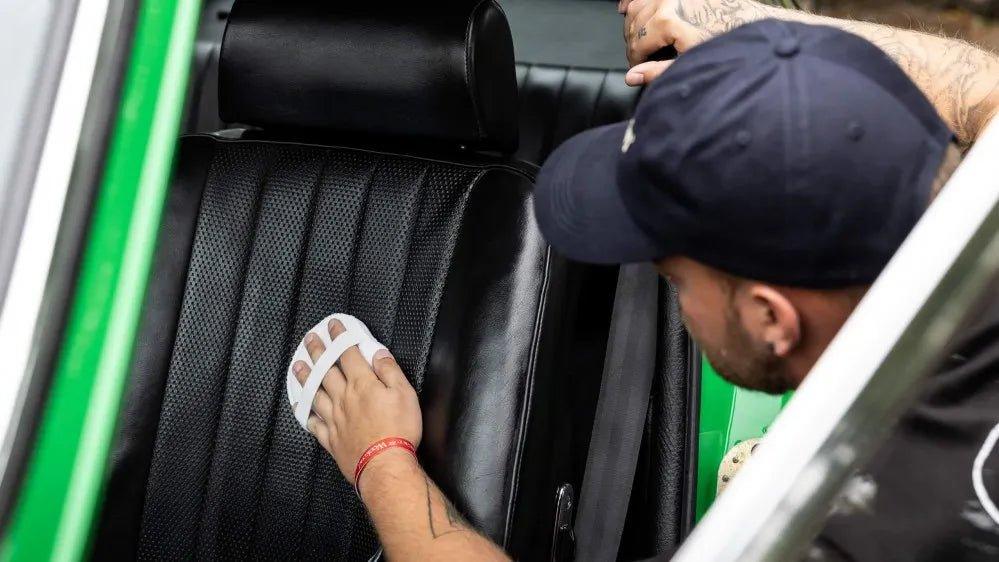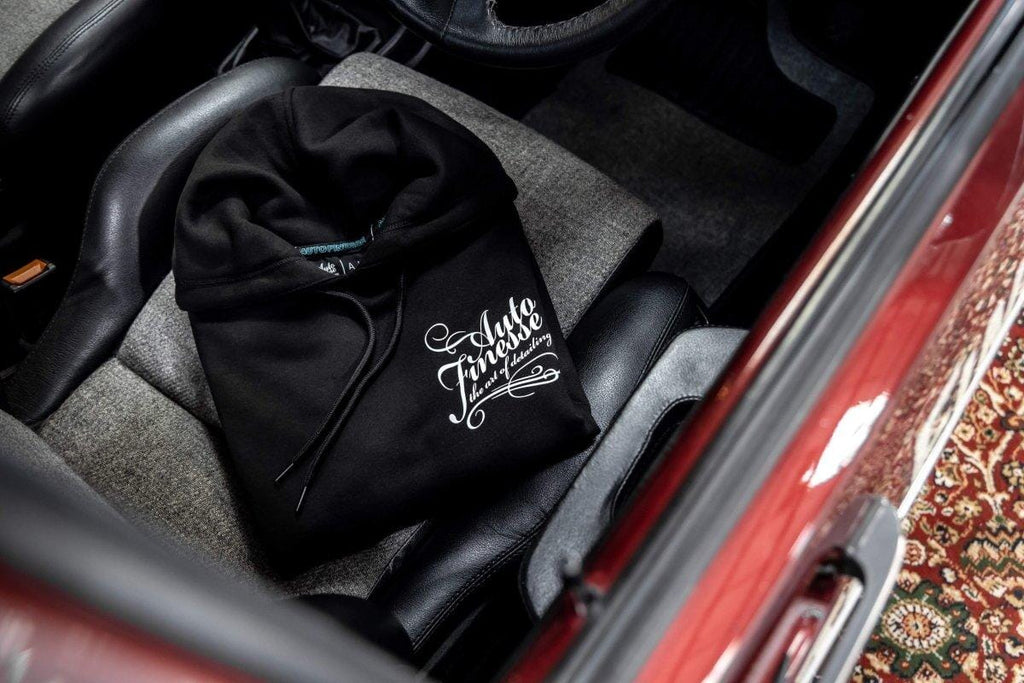Complete Machine Polishing Kit Detailing Kit
Product Information
Ready to slay swirls like a boss? The Complete Machine Polishing Kit comes with absolutely everything you need to chase down a swirl-free finish on any paint type. This all-inclusive kit not only includes our professional-grade, full size DPX Dual Action Machine Polisher, but also incorporates our Revitalise V2 Paint Correction System, bringing you a selection of all three of our Revitalise Compounds and their corresponding Revitalise Foam Polishing Pads.
Developed specifically to make paint restoration, correction and refinement as straightforward as possible - this colour-coded system is made up of three-grades of compound and foam machine polishing pads specially selected to work in harmony and revitalise any gloss paint finish, removing oxidation, holograms, water spots, etching and even swirl marks.
All paint correction processes use abrasive polishes and compounds to level down the top layer of clear coat (or single stage topcoat) over and around any flaws, until they reach the bottom of the deepest defect. Rather than removing the defect directly, this takes away a microscopic layer of the entire area around it, until the defect simply disappears. This action has the effect of levelling out and smoothing the very top layer through mechanical abrasion, a process known as ‘cutting'. Polishes and compounds are available in various grades, which refers to the coarseness of the abrasive particles suspended in their solution. This is directly proportional to the amount of surface that the particular product is expected to take away, or its ‘level of cut'. A coarse polish or compound, like Revitalise No:3 Restoring Compound, has a higher level of cut, than a fine compound, because it cuts away more of the surface as it is used.
Our three grades of Revitalise Compounds and Revitalise Foam Pads range from a coarse restoring compound and pad combo (orange), through to a medium polishing compound and pad combo (yellow), to a fine refining compound and pad combo (red), giving you the all the options needed to tackle everything from light oxidation to heavier scratches and swirl marks. Simply follow the 1-2-3 system, and you can’t go wrong.
Revitalise Compounds are for correction and refinement only, and contain no waxes or fillers, making this line-up the perfect choice for defect removal and refinement prior to application of any protection layer, including ceramic coatings. For more information on the science of how polishes and compounds work, check out our online guide – All Car Polishes Explained.
Our DPX Dual Action Polisher is the centrepiece of this professional-grade bundle, making paint correction not only simple and straightforward, but safe for the enthusiast, too.
Featuring a powerful 720-Watt motor and adjustable speeds between 1800 and 5000rpm, this is our most powerful machine polisher, but one has been developed increased safety in mind. Our Dual Action Polishers - which also includes our compact MPX Dual Action Machine Polisher – are capable of performing enhancements and multi-stage corrections without leaving a visible trail. Random orbital machines employ a free-floating spindle to promote pad rotation in two directions - both concentric circles from the head and a wider circulating motion from the spindle. This type of oscillation (sometimes known as the wobble) cuts down on premature heat build-up under the pad, a safety measure to prevent burning through paintwork. The 'throw' of a DA machine is simply how much oscillation it has off centre, the DPX has a throw of 15mm.
This dual action machine will also stall (stop spinning the pad and simply vibrate) when too much pressure is applied, when the machine is on the edge of the pad, or if the machine is held at an uneven angle. This stalling makes a DA far safer to use than a rotary polisher, because it's almost impossible to accidentally burn through clearcoat or paint layers. An essential tool for both professional detailers and enthusiasts, these modern machines are capable of removing the same heavy defects as rotary polishers, but without the increased risk of damaging surfaces.
With our DPX a 5m power cable ensures that you can polish higher panels, such as roofs and pillars, without worrying about abrasion from the lead. And externally accessible brushes make the machine easily serviceable for long life, helping you create professional-level results at home for years to come.
Product Summary
